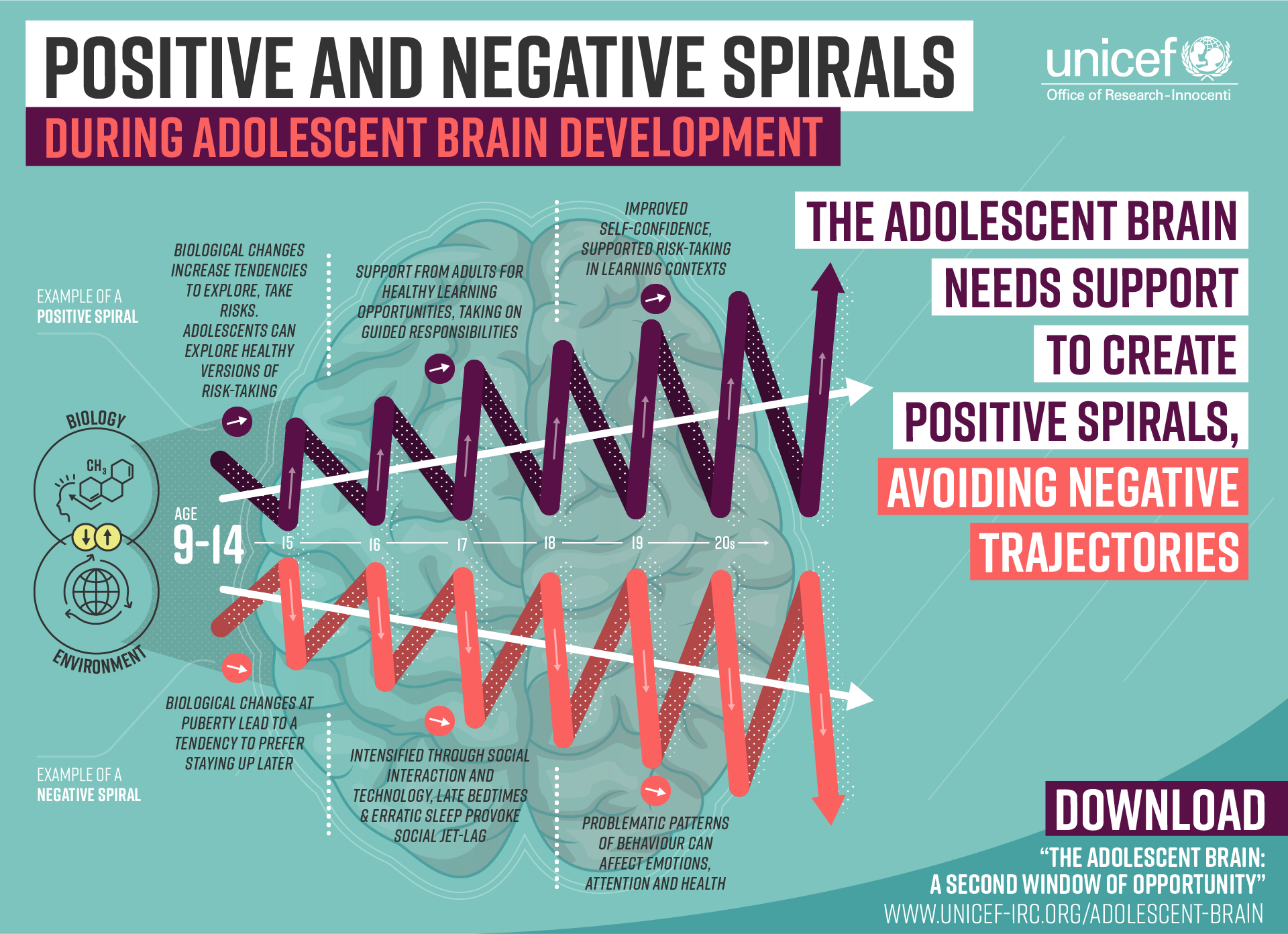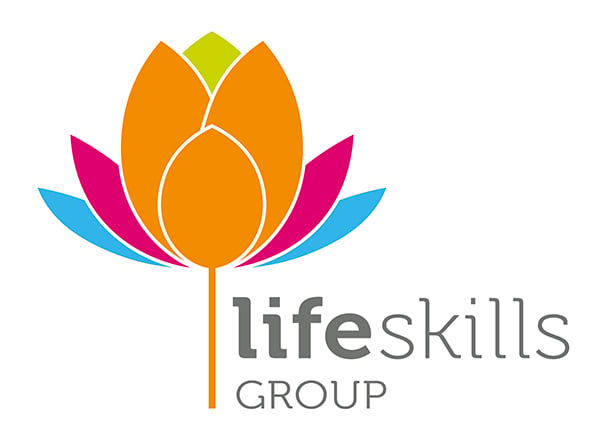Oscillating emotions and successful transitions
by Rydr Tracy - Head of Education, Life Skills Group and Former Director Strategic Priorities, CESE
Getting off the plane in a new city, I check my passport for the 13th time in 3 minutes. Confident I have it, I reassuringly pat my zipped pocket again, ensuring it hasn’t moved in the time I have taken to scout my surroundings for a way to the hotel. Excitement is in the air as I carry the anticipation of discovering a new place, new experiences but I’m carrying some contrary feelings maybe nervous, anxious? Will my credit card work, is this taxi going the right direction, where am I going to eat? I look at my travelling companions who are in varying states of stress and excitement. Why are we all handling this differently?
Some of us, seemingly are better at regulating our emotions than others. It doesn’t matter if you are 2 or 52 transitioning from the familiar to the uncertain creates a plethora of emotional reactions. The excitement of something new, the worry of the unknown, the heightened self-awareness and escalated sense of awareness of your surroundings. These emotions don’t happen independently, we rapidly bounce from one emotion to the next, simultaneously processing complex emotions.
For students, who are still developing their emotional literacy the way they manage the oscillating (and normal) range of emotions will be incredibly impactful on how successfully they transition. The experiences children have with transitions will be formative for decisions they will make in the future, how willing they will be to be vulnerable and try new things.
So, the question becomes what can we do to help our students build their emotional literacy and regulate their emotions, so they are equipped for whatever the future throws at them?
The neuroscience unpacked by the UNICEF research “The Adolescent Brain” unpacks the importance of setting students up for a ‘positive spiral’ as they go through rapid brain development or ‘2nd window of opportunity’ between the ages of 9-14. This period happens to be a time of significant transition in western culture and typically includes a shift of school settings.

.png?width=1920&height=1358&name=1342-original-infographic-2ndwindowofopportunity-web%20(1).png)
(Image 1 & 2 reference: https://www.unicef-irc.org/adolescent-brain)
We therefore have an opportunity, perhaps a responsibility, to equip students with the skills they need to manage this significant transition as their brain is going through rapid development. Fortunately, schools create the perfect training ground, with students periodically transitioning after each holiday period and each new year.
To support successful transitions teachers can:
- Build a common language around emotion characteristics and definitions.
- Create a safe place for students to record their emotions.
- Empower student voice by acknowledging and responding to how they are feeling.
- Provide strategies for regulating emotions.
- Model and normalise emotional reactions.
By creating an environment that follows these steps we can set our students up to learn and grow in a safe environment. The earlier we build student understanding, and the more frequently they start ‘naming and taming’ emotions the more likely they are to find themselves on a ‘positive spiral’.
Would you like to find out how Life Skills GO can support your students to manage emotions, successfully transition and help your school understand and achieve your wellbeing goals?
.png?width=500&height=374&name=Logo_transparent%20(2).png)





